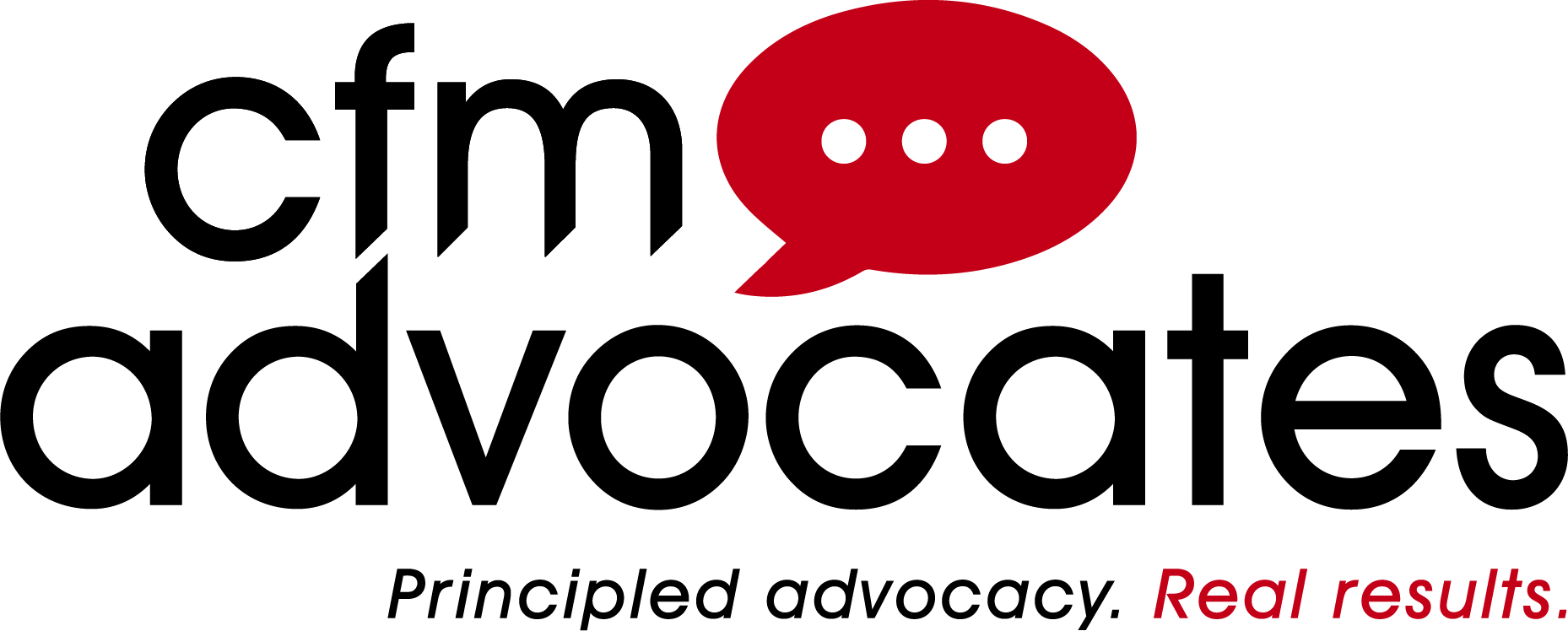
Hotwashing a crisis response can reveal crisis plan flaws, lack of teamwork and evidence of reputational damage.
Post-Crisis Assessments Reveal Crisis Response Weakness
Crisis communications plans prepare an organization for crisis response. A post-crisis assessment can identify the strengths and weaknesses of a crisis plan by analyzing an actual crisis response. Skipping a post-crisis assessment can be a serious missed opportunity.
No one wishes for a crisis to test the quality and thoroughness of a crisis communications plan. But when a crisis does occur, Hinda Mitchell, president of Inspire PR Group, recommends “hotwashing” the crisis response to judge how well the crisis plan guided it and the crisis team executed it.
“Everyone involved in a crisis response should be part of the hotwash exercise,” Mitchell writes in a blog. “It’s the opportunity to understand where things went right, where things went wrong and what related improvements might be made to the crisis response program.”

Hinda Mitchell of Inspire PR stresses the importance of a post-crisis “hotwash” to assess the quality of a crisis communications plan and a crisis response as an illuminating learning exercise.
The post-crisis assessment hopefully repeats a pre-crisis habit of routinely reviewing the crisis plan to update phone trees and consider additional risks. For example, crisis plans written several years ago may not include cyber-hacking as a potential crisis scenario.
Among the many advantages of building a crisis plan around crisis scenarios is the ability to take periodic, focused looks at specific crisis responses. An environmental spill that endangers nearby residences demands a different type of response than a sexual abuse charge against an organizational leader. Crisis response needs to evolve along with technology (user content of a spill turning up on TV coverage) and public attitudes (people are less willing to overlook sexual offenses).Some crises, including cyber-hacking, require contacting law enforcement or regulatory authorities. Team discussions, especially when there may have been team turnover, can be invaluable ways to keep crisis response priorities fresh and on point.
In that same vein, post-crisis conversations can illuminate pillars and cracks in a crisis plan, such as a faulty protocol to handle media calls or out-of-date go-to resources.. “The learning and the perspectives of different team members are critical to decision-making going forward,” Mitchell says.
An important lesson to learn is how well the crisis response team collaborated with itself, other members of the organization and outside officials and impacted parties. Questions to consider include how quickly did the crisis team convene, was it set up to respond immediately, did channels exist to communication with organizational decision-makers and was the team flexible enough to adapt to evolving crisis situations? It’s also useful to ask whether there were gaps on the crisis team and, if so, move to fill those gaps in the crisis plan. “Gaps on the crisis management team can create gaps in response,” according to Mitchell.
Stuffing template statements into crisis plans is largely a waste of time because they rarely meet the moment of an actual crisis. The better question to consider in a post-crisis assessment is how well and how quickly the crisis response team framed and delivered key messages in its crisis response. If there were hiccups, what caused them and how could they be overcome in future crisis responses? Does the crisis team need a refresher course on the importance of key messages and the skill to produce and deliver them?
A post-crisis review is the perfect vehicle to assess reputation damage caused by the crisis event and the crisis response. Pinpointing the source of damage is essential to know how to patch the crisis plan or crisis response procedures. Reputations are often burned by a faulty or insensitive crisis response rather than the crisis itself. People realize stuff happens. They aren’t so forgiving for poor crisis response.
An emerging topic for crisis planning and post-crisis assessment is how social media played a role – and how well the crisis team responded to it. Virtually everybody has a soapbox via social media to criticize a crisis response and potentially gain wide attention. It’s impossible to address every social media comment, but the team’s discernment should be evaluated for its ability to recognize social media posts that can attract audiences, including online and traditional media. Social media and online content tools continue to evolve and provide detractors the ability to push unfavorable or false information.
An emerging topic for crisis planning and post-crisis assessment is how social media played a role – and how well the crisis team responded to it.
“Managing news media and social media chatter can be challenging in a crisis,” Mitchell says. “Making sure a team is well prepared to navigate the public face of the crisis is deeply important. Know who is responsible for triaging media inquiries and who is monitoring social platforms and have them regularly report to the crisis management team.”
Crisis response has to be measured in terms of its effectiveness to reach key audiences that each crisis defines. “Great crisis response language is irrelevant if stakeholders don’t receive it,” Mitchell explains. “Understanding who needs to be engaged or informed and maintaining open, appropriate lines of communication matters. As a reminder, in a crisis, it’s easy to focus on external groups – don’t forget employees and other internal audiences. They can be ambassadors and offer valuable insights on workplace and community perceptions.”

